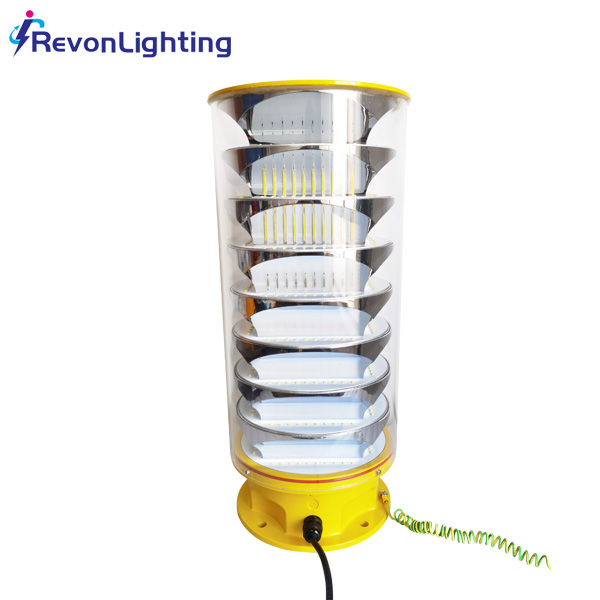Enhancing Safety with High Intensity Obstacle Lights
As air traffic continues to grow, ensuring safety for all aircraft becomes increasingly crucial. One critical aspect of aviation safety is the use of high intensity obstacle lights (HIOLs) to mark tall structures such as buildings, towers, and wind turbines.
High Intensity Obstacle Lights are designed to emit intense light beams that enhance visibility, especially during low-light conditions. These lights serve as a warning to pilots to avoid collision with tall structures when flying at night or in adverse weather conditions.
The International Civil Aviation Organization (ICAO) mandates the installation of HIOLs on all structures taller than 150 feet. The lights are available in various colors, including white, red, and dual-color options. They can also be customized to flash at different rates to meet specific requirements.

HIOLs come in different types, including LED and xenon strobe lights. LED HIOLs are more energy-efficient and have longer lifespans than traditional xenon strobe lights. They also require less maintenance, making them a cost-effective option for long-term use.
Installing HIOLs is a relatively simple process that involves mounting the lights on the structure's highest point. The lights are then wired to a power source and controlled by an automatic switch that turns them on and off based on ambient light conditions.
| High Intensity Obstacle Lights | High Intensity Obstacle Lights |
In conclusion, high-intensity obstacle lights are essential components of aviation safety infrastructure. By installing these lights on tall structures, pilots can navigate safely even in low-light conditions. As air traffic continues to increase worldwide, investment in HIOLs will remain a critical priority for safeguarding both air traffic and public safety.